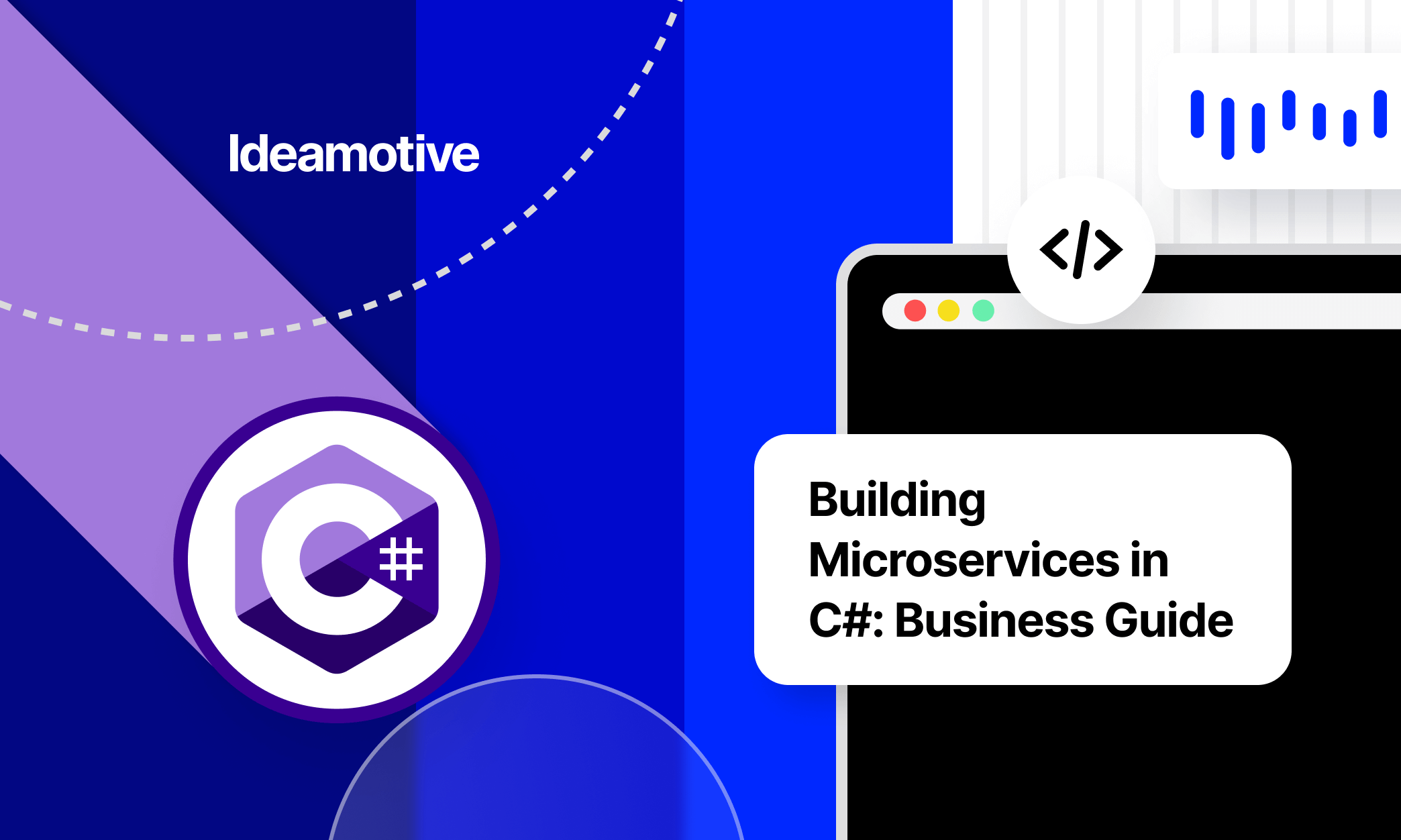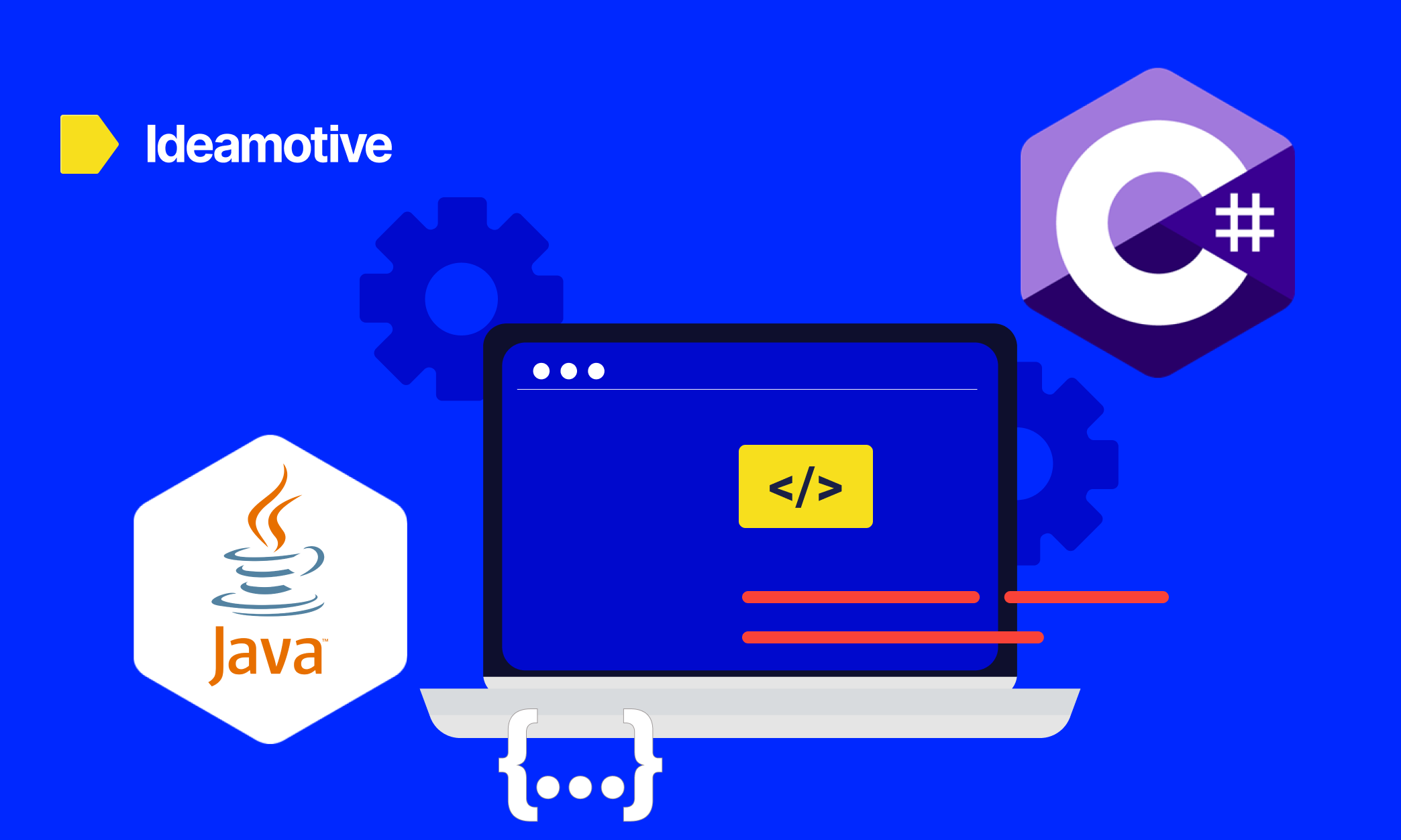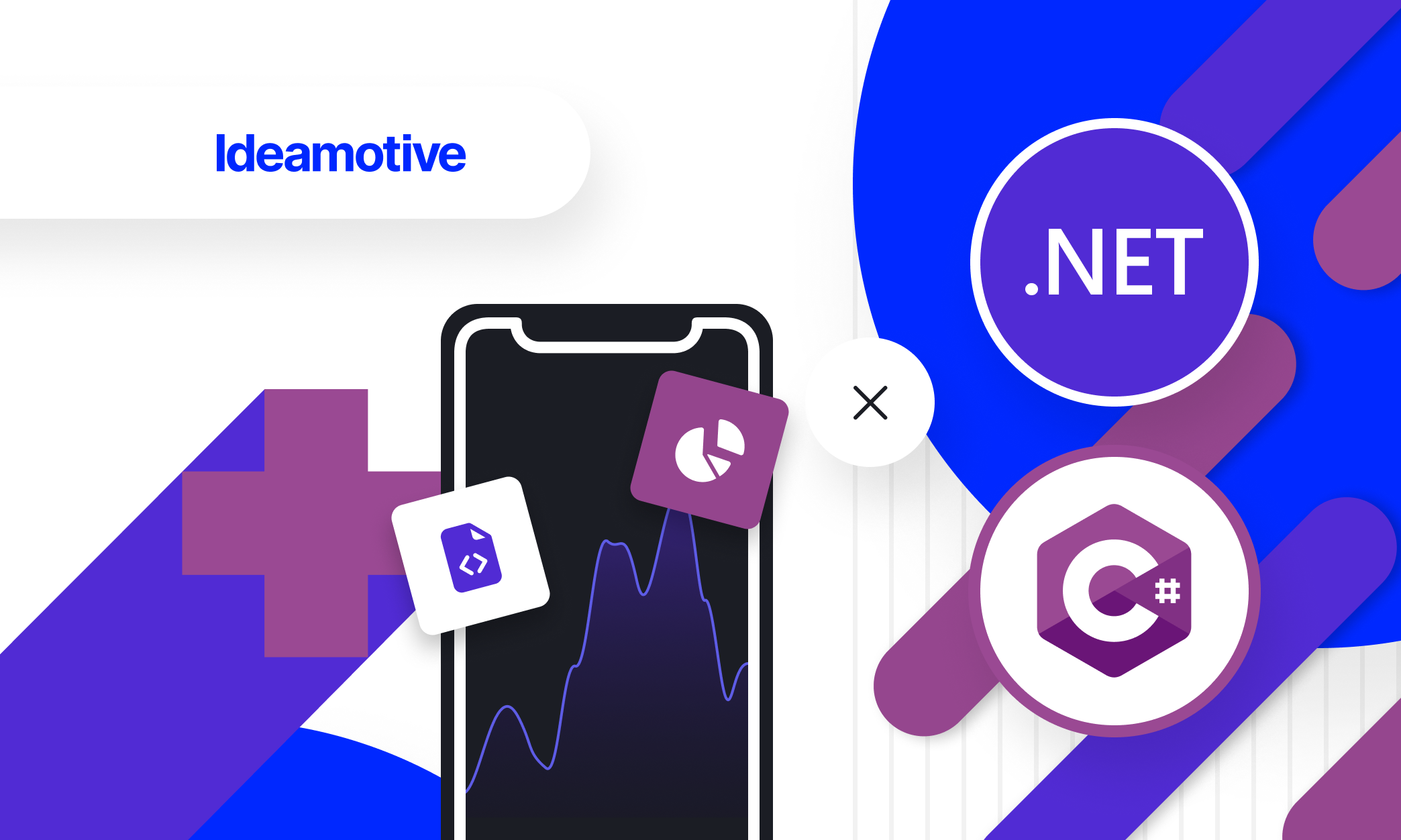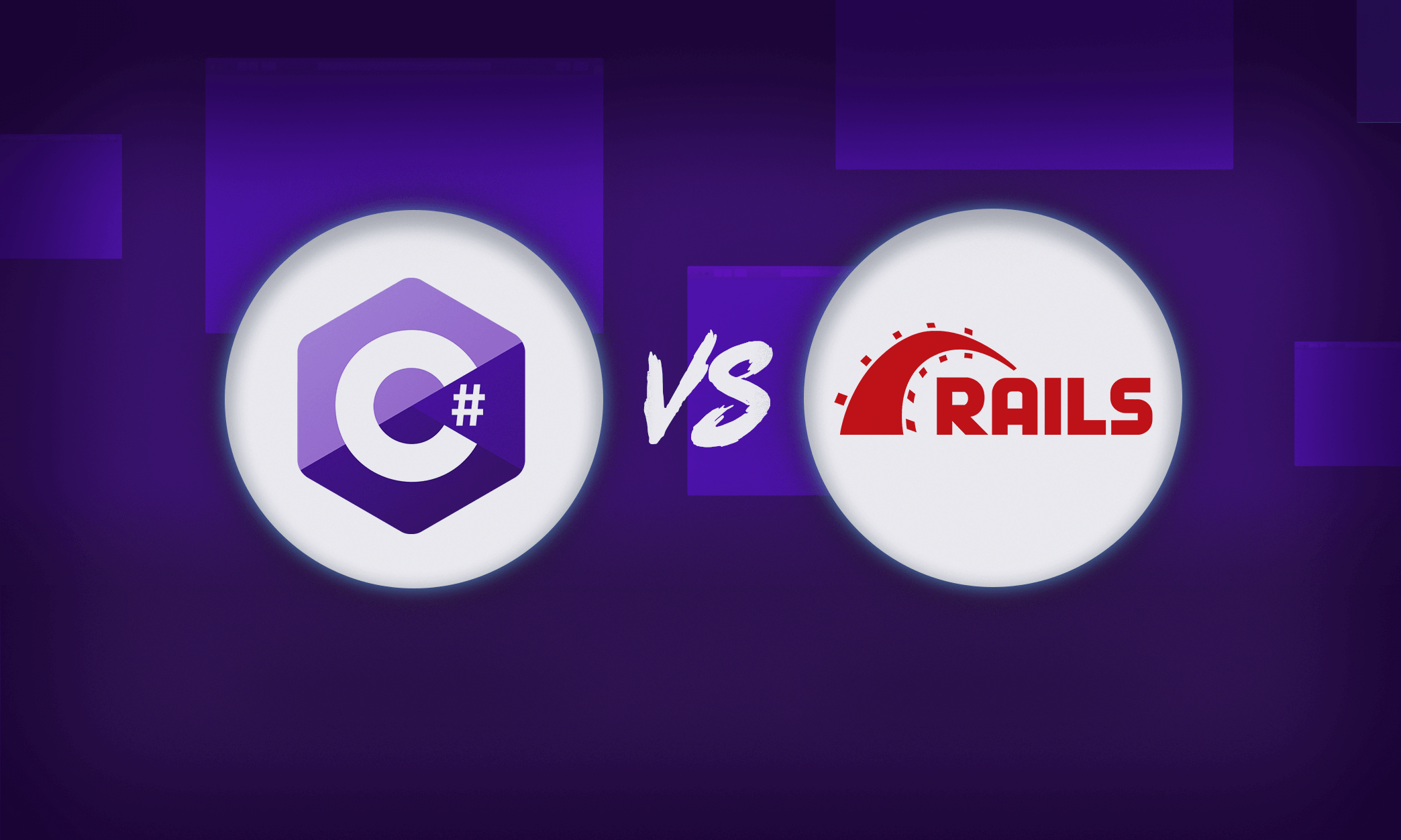Corporations are getting tired of monolithic apps that are too hard to maintain and that turn the process of adding new features into a disaster. That is where microservices step in.
Microservices is an architectural style where the app is built as a set of individual independent modules that communicate with each other through APIs. Every module (microservice) has a certain function like there is one for user profiles, one for shopping cart, one for website search, etc.
The services can be deployed and altered individually, meaning that you can easily scale and add new features, as well as not take down the entire app if you need to work on one feature.
In the last 5 years, companies started to notice how beneficial the technology is, and the amount of Google searches for microservices has noticed a 200% increase. Major enterprises such as Amazon, Netflix, Uber, and eBay have already moved to that type of architecture and it helped them to manage their ever-growing list of users and features with much less effort, compared to monolithic applications.
Microservices can be used in any language and you can even write different services in different languages, depending on what technology is more suitable for the function (it is better to not mix up too many though, it will be too challenging to make them communicate well). The most used languages for microservices are Python, JavaScript, Java, .NET and C#.
In this article, we are going to focus on building C# microservices: what companies and projects it may work for, what resources one will need for the development, pros and cons of this technology, and what impact it will have. Find out everything you need to know about C# microservice development to make a fully-informed decision about whether it is the best option for your next development project.
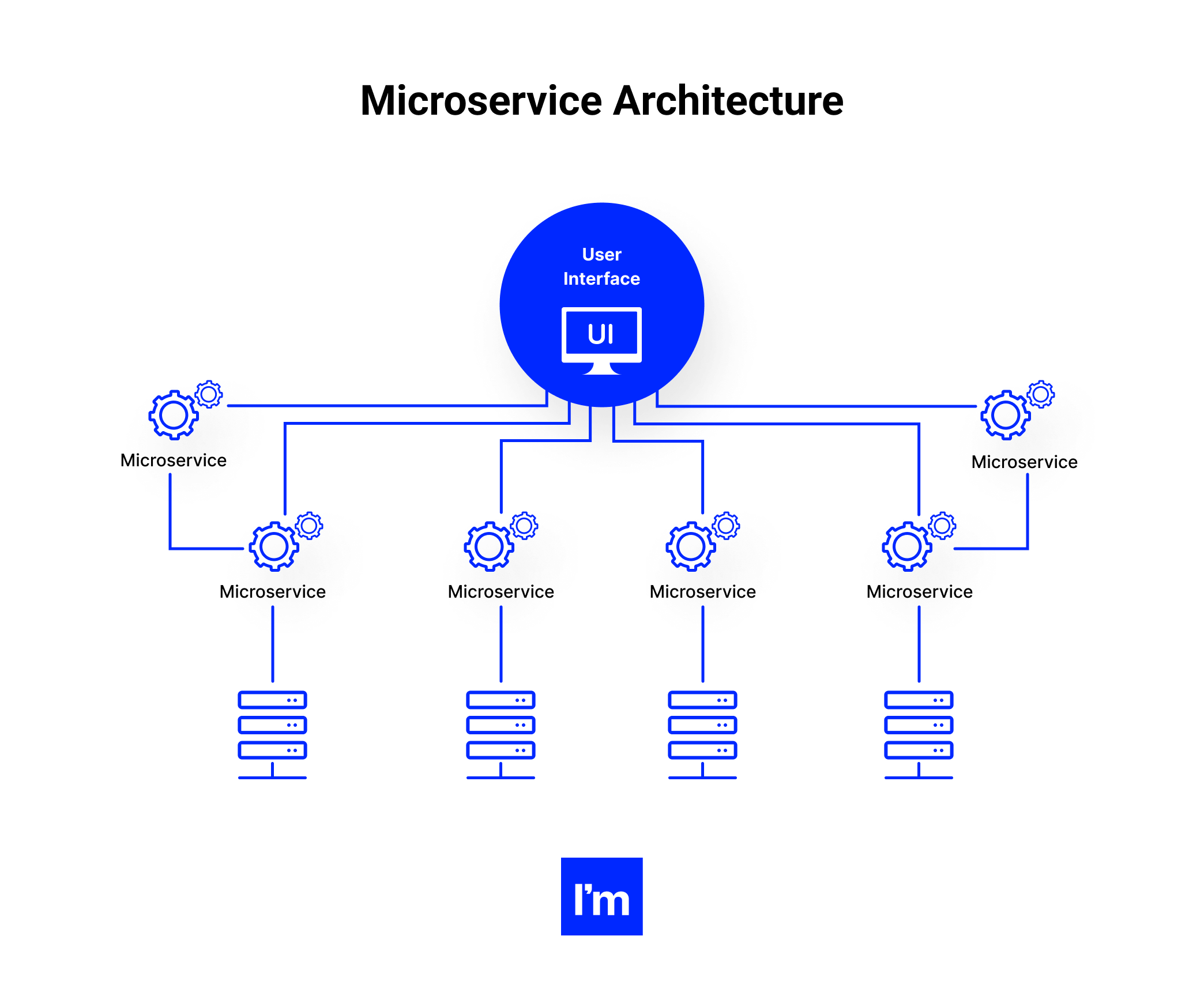
Building Microservices in C#: What Does It Take?
Before starting the project with microservices C#, you need to be better aware of the resources that you will need for the development.
Find a Software Architect
First of all, you will have to find a software architect. Microservices impose a different challenge than a monolith and it is about making microservices communicate with each other and transfer data correctly. Some of the microservices example c# will interact with and depend on each other and you have to take care of it as well. For example, favorites and recommendations will have to communicate to provide a more personalized experience. Figuring out the architecture is one of the first steps of the development. A software architect is a person who can dive deep into the intricacies of it and make sure that your microservices connect with each other in a meaningful way.
Find Developers with Expertise in C# and Microservices
Secondly, you will need developers who are experienced in both C# and microservices. It is better to work in several small teams of 1-2 people where each team works on one or two microservices. It is recommended to hire a project manager who can see the product as a bigger picture and ensure good communication with the team and the executives. In some cases, if there are too many microservices, you may need to hire more than one project manager.
Plan the Product Development Process
As a product owner, you will be mostly involved in the planning stage where you decide on features, the number of microservices, timeline, budget, and teams. Afterward, you can engage rarely, mostly getting updates from the project manager. If you do not have one, then you will be engaged constantly because cross-team communication will be needed and you have to monitor the progress of every individual team.
Hire Additional Professionals
You are likely to need DevOps and database administrators as well in order to ensure an uninterrupted software development process.
Budget Your Expenses
Since you will need more developers with narrow expertise and PMs than in usual monolithic development, the costs are likely to be higher and you need to be ready for it. At the same time, overhead costs should not scare you — in the long run, microservices are much cheaper to maintain. You will be able to stay at the top of all the new trends on the market by adding new features as quickly as possible, as well as not suffer from downtimes of the entire system when one feature is not working. There is less fear of breaking the entire application like it usually is with monolithic software.
When to Use Microservices?
Microservices are definitely not an answer for every single development project and company. Otherwise, the IT companies would have moved to the solution entirely.
This type of architecture is aimed at enterprises with numerous and complex operations or those companies that plan to scale up a lot. The main purpose of microservices is to make big applications easier to manage. It is quite useless to overcomplicate things for the small number of features. Due to the big overhead cost, the technology is rarely used by startups. Even though it seems like startups will scale a lot, you actually never know in the beginning whether the product will hit the market.
If you are creating a new solution, the technology is well-suited for the following projects:
- Apps that require the usage of multiple languages
- Apps the components of which can be reused across several projects
- Software that has various end-users: employees, different kinds of clients, investors, third parties
- Data-heavy apps
If you want to rewrite a legacy app that has become too complex, microservices are a great option as well. For example, Amazon had offered too many services and a monolith was not enough at the beginning of the 2000s already. Therefore, they sat down, planned how to organize the app in microservices, and are now enjoying the scalability and agility of the new architecture.
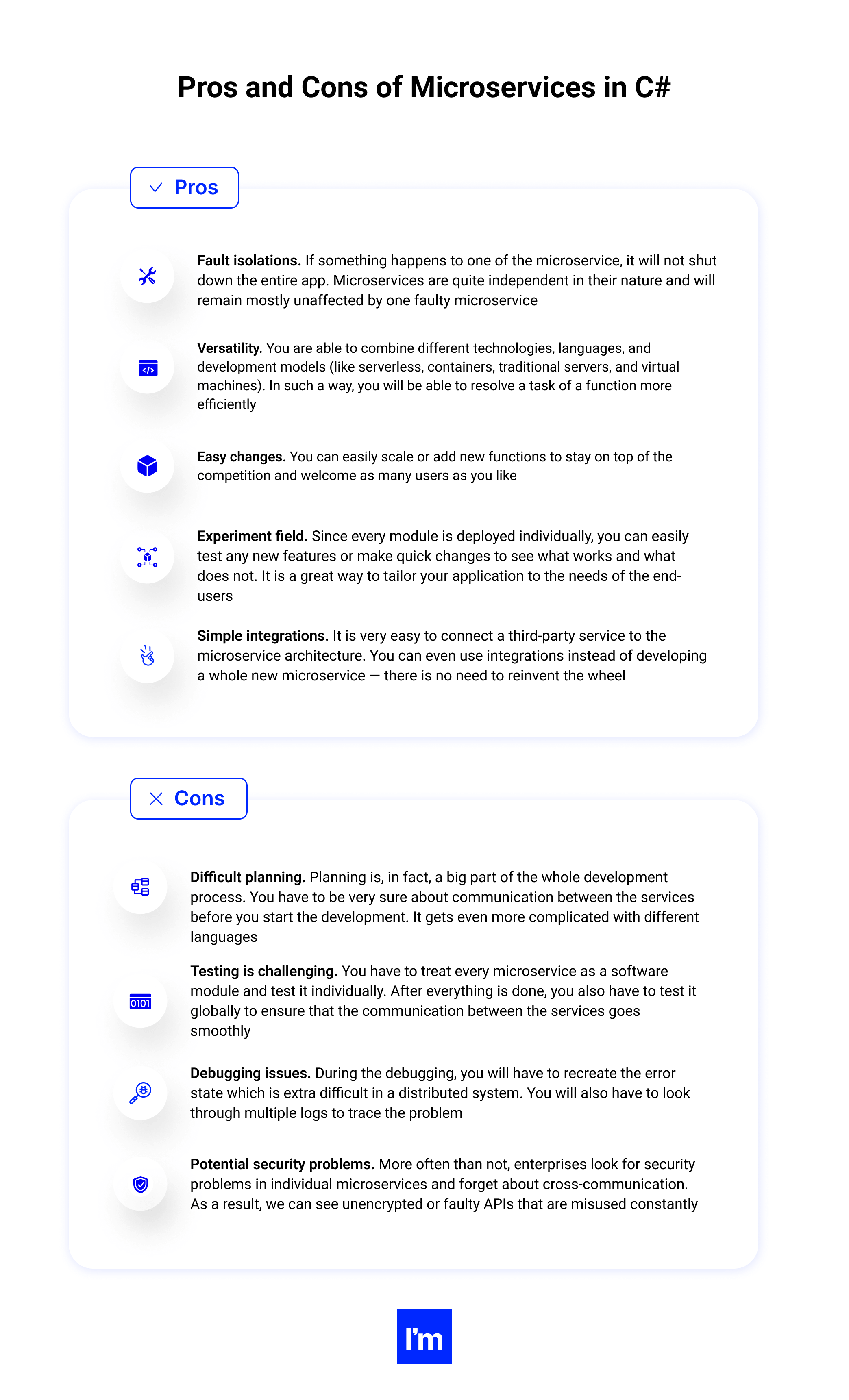
Making a decision about development with microservices is a crucial step and you should have all available information before you decide to roll with it. Let’s take a look at the pros and cons of microservices architecture C# to give you a full overview.
Pros of Microservices in C#
- Fault isolations. If something happens to one of the microservice, it will not shut down the entire app. Microservices are quite independent in their nature and will remain mostly unaffected by one faulty microservice.
- Versatility. You are able to combine different technologies, languages, and development models (like serverless, containers, traditional servers, and virtual machines). In such a way, you will be able to resolve a task of a function more efficiently.
- Easy changes. You can easily scale or add new functions to stay on top of the competition and welcome as many users as you like.
- Experiment field. Since every module is deployed individually, you can easily test any new features or make quick changes to see what works and what does not. It is a great way to tailor your application to the needs of the end-users.
- Simple integrations. It is very easy to connect a third-party service to the microservice architecture. You can even use integrations instead of developing a whole new microservice — there is no need to reinvent the wheel.
Cons of Microservices in C#
- Difficult planning. Planning is, in fact, a big part of the whole development process. You have to be very sure about communication between the services before you start the development. It gets even more complicated with different languages.
- Testing is challenging. You have to treat every microservice as a software module and test it individually. After everything is done, you also have to test it globally to ensure that the communication between the services goes smoothly.
- Debugging issues. During the debugging, you will have to recreate the error state which is extra difficult in a distributed system. You will also have to look through multiple logs to trace the problem.
- Potential security problems. More often than not, enterprises look for security problems in individual microservices and forget about cross-communication. As a result, we can see unencrypted or faulty APIs that are misused constantly.
It is also important to isolate microservices, make them independent so that if a breach happens, the hackers can not get into the entire app.
Types of Microservices C#
There are two main types of microservices design patterns C#: all-to-all (synchronous) and event-driven (asynchronous) architecture.
Synchronous Architecture
Synchronous communication means that the caller has to wait for the response back before it proceeds to its other tasks. It creates a close coupling between the services and sometimes slows down the processes.
Asynchronous Architecture
Event-based communication means that the caller does not need to wait for the response and just go on with their task before they get the results of their request back. The microservices will be triggered by certain events, for example when a customer adds a product to the shopping cart, it will automatically trigger delivery cost calculation. This type allows loose decoupling but requires more expertise though.
C# Microservices — Impact On the Product
Choosing C# microservices, you can expect the following changes in the impact to all the parties:
- The product will become easier to maintain, add new features, scale, and understand. You will have no fear of breaking the whole monolith with one bad move.
- The business will have to face start costs but the ROI will be great: you will be able to attract customers with new features, experiment with the software to test what they like, and optimize maintenance costs
- End-users will receive complex multi-functional software that can provide them any service within one environment and quickly rolls out new features when they need them the most
С# Talent Pool and Language Popularity
C# is in the top-10 popular development languages and top-15 of most beloved languages, placing higher than JavaScript and Java. There is no scarce of C# developers, so you are unlikely to run into problems while searching for multiple experts for the small teams. This is because the language is used for a variety of projects, from website development to games.
However, do not forget to pick the ones who have experience and knowledge for working with microservices. You might want to ask additional interview questions about microservice architecture specifically, as well as ask for their ability to work on parallel development. If you want to save yourself this trouble, you may go to an established provider and focus on other business tasks while the company provides you with tested and experienced professionals.
Is C# Good for Microservices?
С# is among the most used languages for microservices and there is a reason for that. It supports multilingual projects very well since it works on the .NET platform, is designed for easy scaling, and is highly structured and efficient. It also offers numerous libraries with business tools which makes it a perfect choice for back-end development. C# offers easy solutions for building APIs that connect the microservices and work well with the Docker containers.
Wrap Up
Microservices is a great monolith alternative for complex multi-service software since it makes the management of different services much easier and allows to add new functionality and scale with as little effort as possible.
Development projects in microservices with C# require bigger investment at the beginning but the ROI can not even be compared. You can easily find developers since C# is popular among developers and the language is one of the best fits for microservices.
If you are looking for software architects, C# developers, project managers, skilled testers, and the rest of your development team, do not hesitate to reach out to Ideamotive. It is your sure way to find experts you need that have already gone through careful screening and have years of experience in similar projects.
